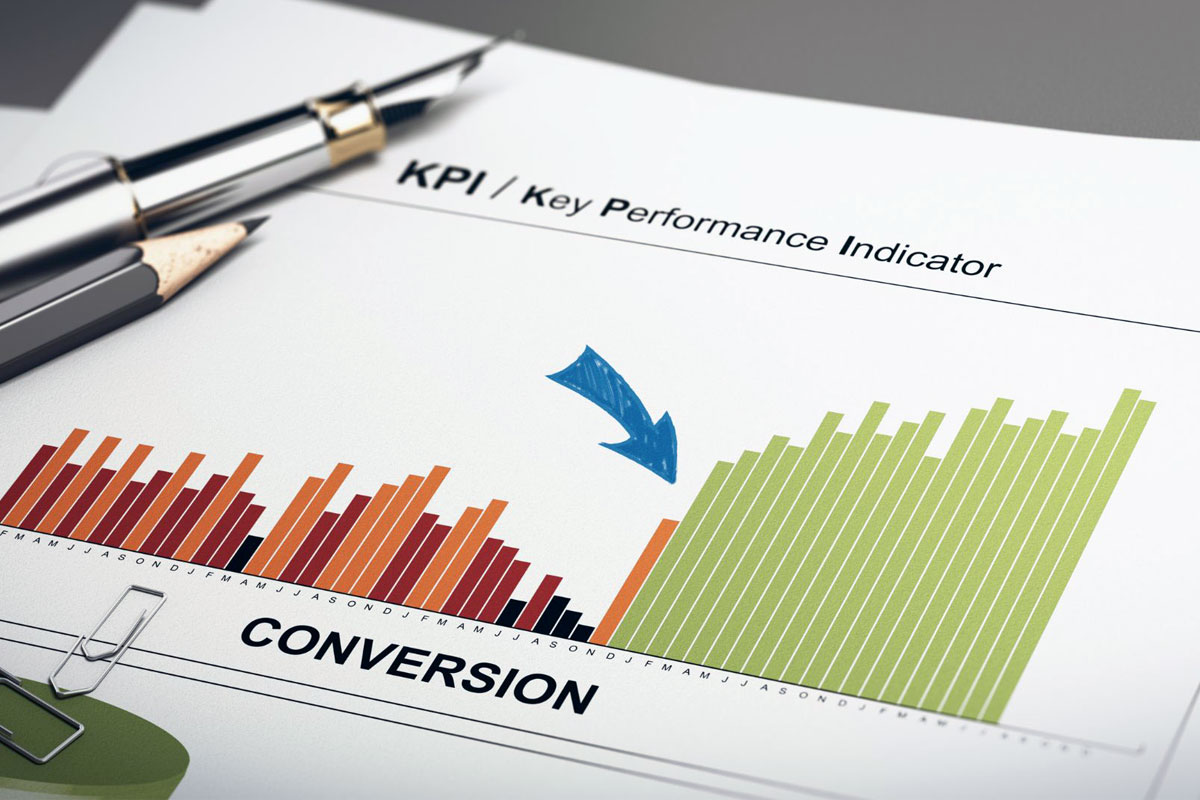
When it comes to business growth, optimizing your conversion rate is essential for maximizing your digital marketing efforts. As a CRO specialist, I’ve seen firsthand how effective conversion rate optimization can transform a business. It’s not just about getting more traffic; it’s about making the most of the traffic you already have.
What is CRO?
Conversion Rate Optimization (CRO) focuses on increasing the percentage of website visitors who complete a desired action, such as making a purchase, filling out a form, or subscribing to a newsletter. One of my early clients struggled with a high bounce rate. By analyzing their user journey and making strategic adjustments, we doubled their conversion rate in just three months.
Why is CRO Important?
CRO plays a critical role in digital marketing strategies. It helps you understand how users interact with your site and identifies barriers to conversions. For instance, a simple change like improving the call-to-action button’s visibility led to a 15% increase in sign-ups for another client. By optimizing these elements, you enhance user experience, which leads to higher conversion rates and ultimately drives business growth.
How CRO Complements SEO
SEO drives traffic to your site, but CRO ensures that this traffic converts. Both are essential for a successful digital marketing strategy. Improving conversion rates can positively impact SEO by reducing bounce rates and increasing user engagement, leading to better search engine rankings. I remember a case where enhancing the site’s mobile usability not only boosted conversions but also improved its SEO ranking significantly.
Benefits of Focusing on CRO
- Increased Revenue: By converting more visitors into customers, CRO directly impacts your bottom line.
- Better User Experience: Optimizing your site for conversions typically involves improving usability and navigation, which enhances overall user satisfaction.
- Cost-Effective: CRO leverages existing traffic, making it a cost-effective way to increase sales without spending more on advertising.
- Informed Decisions: Data-driven insights from CRO tools help you make informed decisions about website improvements.
Getting Started with CRO
- Identify Goals: Clearly define what actions you want visitors to take on your site.
- Analyze Current Performance: Use tools like Google Analytics to understand current conversion rates and user behavior.
- Hypothesis and Testing: Develop hypotheses for why visitors aren’t converting and test these with A/B testing or multivariate testing.
- Implement and Monitor: Make the necessary changes and monitor their impact, continually iterating to improve results.
Overview of the Series
This article is part of a comprehensive series on Conversion Rate Optimization. Here’s what you can expect in the upcoming articles:
- The Relationship Between CRO and SEO: Understanding how CRO and SEO work together to boost your site’s performance.
- Key Elements of an Effective CRO Strategy: Identifying target audiences, creating compelling landing pages, and leveraging data-driven decision making.
- Tools and Techniques for CRO: An overview of popular CRO tools and techniques, including heat mapping, user surveys, and split testing.
- CRO for E-commerce Websites: Specific strategies for optimizing product pages, checkout processes, and reducing cart abandonment.
- CRO for Service-Based Businesses: Tailoring CRO strategies to improve lead generation and build trust with potential clients.
- The Role of Content in CRO: How quality content influences conversions, including crafting high-converting headlines, CTAs, and copy.
- Analyzing and Measuring CRO Success: Key metrics to track, using analytics tools to measure performance, and setting up conversion funnels.
- Common CRO Mistakes and How to Avoid Them: Identifying typical pitfalls in CRO implementation and learning from failed tests.
- Future Trends in CRO and Digital Marketing: Exploring emerging trends and preparing your business for the future of CRO and digital marketing.
Focusing on CRO is a strategic move that maximizes the value of your existing traffic and enhances your digital marketing efforts. By understanding and improving how users interact with your site, you can drive significant business growth. Stay tuned for the next article in this series where we explore the intricate relationship between CRO and SEO.

